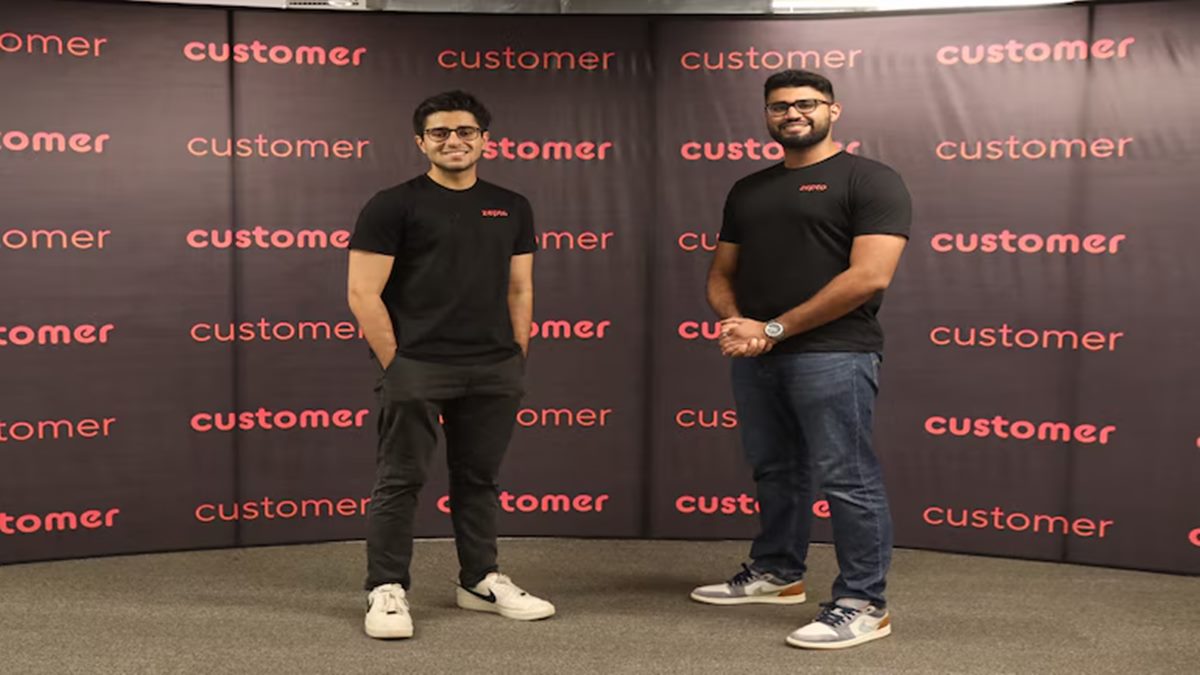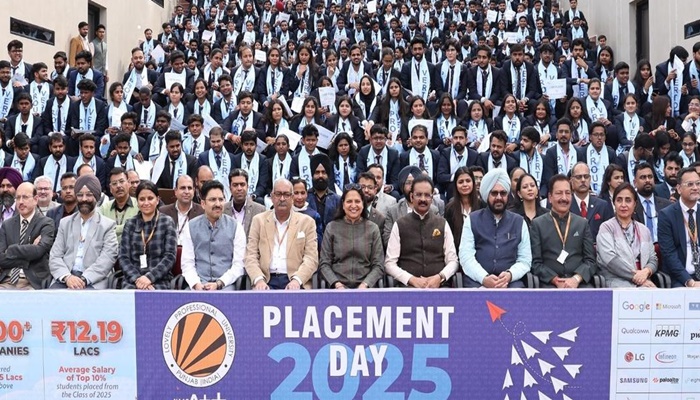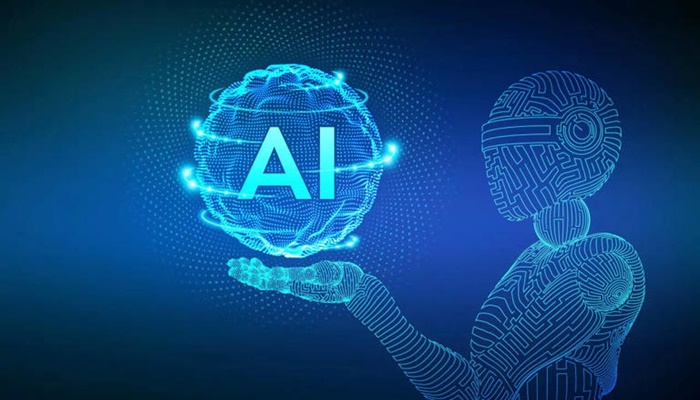Let’s start with facts. Let us get one thing straight: “Artificial Intelligence” isn’t magic. It is not some tyrannical, robotic force plotting to take over your job while you sleep. It is a set of tools – made by humans, FOR humans – algorithms, data, pattern recognition, text and image generation – bundled together to solve problems, provide solutions, be they modular or end-to-end. Nothing more, nothing less. And like any set of tools, they can be learned. You don’t have to be a genius. You need a bit of guidance, a bit of practice, and — most importantly — a mindset that is open to learning things as and when needed, not decades, years, or even months in advance.
Remember what Richard Branson said: “If someone offers you an amazing opportunity and you’re not sure you can do it, say yes – then learn how to do it later”. This is the culture we need to promulgate in our youth.
This brings us to the main point: students today need to be prepared not just to learn, but to SOLVE – real-world problems. The future doesn’t need people with one rigid “expertise” – it needs people who can combine what they know with what they can figure out, quickly and with purpose.
Now, if you want to oversimplify, overthink and push yourself into a frenzy of panic and fear (none of which is recommended or useful!), here are some “facts and numbers”: according to an IMF report, 40% of jobs worldwide will be affected by AI. But that is not all – scratch below the surface, and you will find that repetitive, zero-creativity jobs are the first to be automated, leaving us humans for the better ones. Why? Because that is primarily whatever we call “AI” was meant to do anyway!
So what should students do?
If you are a student – in school or college – here’s a clear path to stay relevant, employable – simple action:
1. Learn programming language ONLY when you need it – and always on-the-job
Knowing about code is useless. Knowing how to use code is the game-changer. So select your PROBLEM STATEMENT first, and only then start to use and learn the most convenient programming language to perform the tasks, the analysis. The go-to language nowadays is python.
2. Get comfortable with data
Spreadsheets are not beneath you. Neither is cleaning messy CSV files. Learn to work with data—how to plot it, summarise it, and draw insights. It may seem boring at first, but this is how nearly all AI begins.
3. Build a small project – document, collaborate, mix it up!
Find a problem – a tool to track your daily expenses, for instance. It doesn’t need to change the world; it needs to show you what YOU are learning. Share your code. Start a GitHub repo. Don’t build in the dark. Recruiters look for evidence, not mere potential.
Find someone who knows something you don’t. Build together.
One of you codes, one of you documents. Or one explains, the other tests. Start practising collaboration now – this is one thing we Indians resist! If you’re studying commerce, explore basic ML. If you’re doing literature, try natural language models. If you’re in engineering, take a short course in design thinking. Mix it up.
4. Learn how to pose meaningful questions
Don’t aim to know everything. Aim to learn how to frame your doubt clearly. The smartest professionals aren’t the ones who memorised the most – they are the ones who know what to ask when something breaks.
What schools and colleges must do
Let us not pretend that this is someone else’s problem. If we want our youth to thrive in an AI world, the change has to start in classrooms – right now. Here’s what needs to happen. Not ten years later. Right now:
1. Make AI applications a core subject
Every student should learn the basics of AI APPLICATIONS by the time they finish the first 2-3 semesters of college. Not deep math, but enough to know what an algorithm is, how bias creeps in, what data training means, and what responsible use looks like.
2. Break the silos of “subjects”, “courses” et al
Allow combinations that reflect how real-world jobs actually work. Economics + Data Science. Psychology + AI Ethics. Literature + Linguistics aided by Natural Language Processing. Education needs to reflect reality.
3. Train the teachers
No curriculum reform will work unless teachers are confident. They don’t need to become machine learning experts — but they must understand how AI impacts, and AIDS their discipline. Give them exposure to industry. Let them try as projects the topics suggested in the previous point.
4. Bring the workplace into the classroom
Real-world projects should come from real industry problems. Students should be able to collaborate with startups, NGOs, government departments – guided by their school or college. Put learning to work; let them face and overcome their limitations.
Curiosity and ethics – from Day 1
Students must be able to discuss fairness, privacy, and unintended consequences of technology. From the realities of a complex world: bias in datasets, gaps in hiring models. This is a specific example of curiosity. We need to allow students to go deeper where they show interest; this is the best way to inculcate a sense of curiosity with an awareness of ethical questions.
Through it all, remember: no machine, no matter how advanced, can replace genuine human connection. Work, at the end of the day, is about solving problems together. It’s about building things that matter. It’s about disagreement, chaos, and still finding ways to work as a team. That requires listening, empathy, clarity, and the ability to work with others towards a shared, meaningful goal.
So let’s not scare our youth into thinking the robots are taking over. That’s lazy talk. Instead, let’s prepare them to work together more effectively. To sum up, here are the things that matter:
• Build a mix of technical and human skills
• Focus not on knowing things, but on being and working as a team
• See learning as a way to build, not to compete!
In a final word to everyone – it takes COURAGE to stick your neck out for these ideas and take responsibility for building something new that will work.




















